I love seaweed. Maybe it’s because I am from California and we are all plant loving hippies or maybe it’s because they’re the underappreciated overlords of the sea and I respect that. Seriously though, without these photosynthesizing wizards, life in the ocean would cease to exist. Thus, in an attempt to bring appreciation to the lower bits of the food chain, I give you Weed of the Week. For the next month, I will focus on different species and highlight the various reasons that these weeds represent a force to be reckoned with.
When you are kicking it at the sushi bar, nommin’ down on that sustainably caught spicy tuna hand roll, do you ever stop and imagine what it would be like if it wasn’t neatly contained in it’s glorious seaweed wrapping?!?
Two words….Hot. Mess.
Rice, fish, soy sauce, those little mini carrots….they would be all over your hands, probably your plate, maybe even a bit on your shirt. Not an enjoyable experience at all.
However, like most great things in life, you can thank a scientist for saving you from your messy self.
The red seaweed Porphyra, more commonly known in your sushi roll as Nori, represents one of the most valuable aquaculture crops in the world. This abundance has led to an annual production equating to an estimated $1.3 billion U.S. dollars (that’s a whole lot of yen). However, things haven’t always been this way.
Cultivation of this cash “sea” cow by the Chinese, Japanese, and Korean peoples started way back in the A.D.’s. They would collect the leafy bits that we all know and love (a.k.a. the gametophyte stage) from the intertidal zone where it thrived. They were even able to farm Porphyra by letting it’s conchosphores (that’s fancy for baby algae) settle on ropes and bamboo. However, not much was really know about the life cycle of Porphyra at this time, or why it’s natural annual production was so variable. Hint: Variation in production is a no go when demand was increasingly growing for what has now become a culinary staple in many of these countries.
Cue scientist saving the day. (Oh and might I add she was a lady scientist! Double Win!)
It wasn’t till 1949 that British phycologist, Dr. Kathleen Drew-Baker discovered the missing link. You see, Porphyra is a funny little seaweed in that it has what is known as a heteromorphic alteration of generations, meaning that one part of it’s life cycle looks completely different than the other. This difference in appearance was so drastic, that we thought the two life stages were completely different species!! Yet, Dr. Drew-Baker (being the awesome phycologist and lady scientist that she was) was able to put the two together and realized that what we previously thought to be Conchocelis rosea was just the other Porphyra life stage in disguise. Sneaky. Sneaky.
This little big tidbit of information completely changed the way in which Porphyra was farmed and blew the seaweed business wide open to become the lucrative industry it is today. In fact, this knowledge was so crucial to the Japanese that they built a monument to Dr. Kathleen Drew-Baker inside the Sumiyoshi Shrine in Kumamoto, Japan. They even celebrate the Drew Festival on April 14th (her birthday) to pay reverence to the “Mother of the Sea.”
So next time you hit up the sushi bar make sure you also pay your respects. One sake for Dr. Drew-Baker. One sake for you. Two sake for… well you get the idea.
This Weed of the Week brought to you by:
Figures: 1,2 Wikimedia commons, 3 Blouin et al. 2011
Blouin et al. 2011. Porphyra: A marine crop shaped by stress. TRENDS in Plant Science 16(1), 29-37.
Drew, K.M. 1949. Conchocelis-phase in the life-history of Porphyra umbilicalis (L.) Kutz. Nature 164, 748–749.
Share the post "Weed of the Week: The Phycologist that Launched a Billion Dollar Industry"

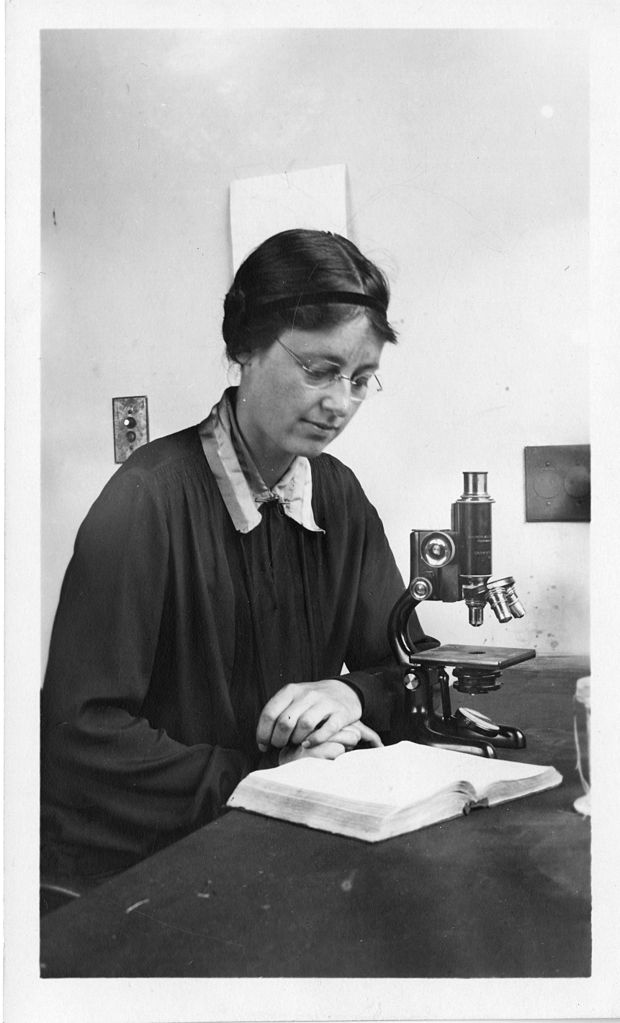

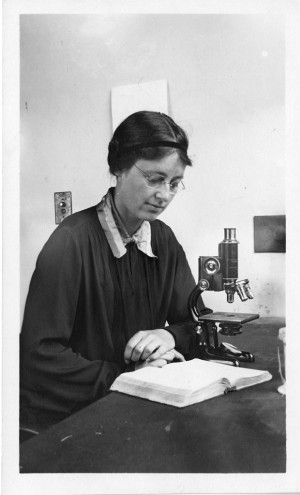
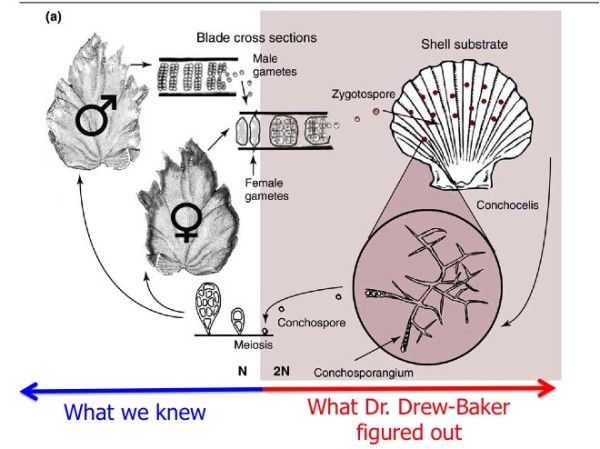

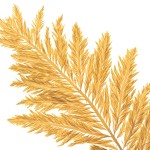
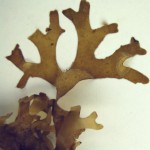

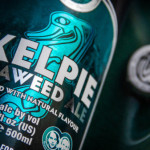
Ms. Warneke:
I thought you and your readers might find these articles of interest after seeing your post on Porphyra! Also, the commercial species of Porphyra is now referred to Pyropia!
Pereira, R. and C. Yarish. 2008. Mass production of Marine Macroalgae. In Sven Erik Jørgensen and Brian D. Fath (Editor-in-Chief), Ecological Engineering. Vol. [3] of Encyclopedia of Ecology, 5 vols. pp. 2236-2247. Oxford: Elsevier.
Pereira, R. and Yarish, C. 2010. The role of Porphyra in sustainable culture systems: Physiology and Applications. In Eds. Alvaro Israel and Rachel Einav, Role of Seaweeds in a Globally Changing Environment. Springer Publishers, pp. 339-354.
At first I thought you didn’t spell psychologist right, then I was like oh…maybe that word has something to do with seaweed. How do you say baby algae – konk-o-spores or conch-o-spores or something else?
Why is this seaweed good for us? What does it do?
It’s like phytoplankton, it is at the bottom of the food chain and gives energy to those further up that eat it. Seaweed is just big algae and algae take in CO2 and give off O2, so if there wasn’t any algae we would have more Co2 in the air.
Thank-you kindly!
It has substantial amounts of protein, minerals, and vitamins (C,B,& A) :)and I think it’s pretty yummy. Hope that helps